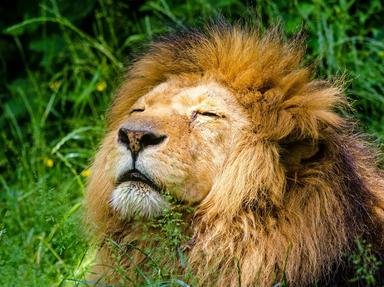Quiz Answer Key and Fun Facts
1. Red-billed, black-faced, Chad, Mali and rock are examples of which genus of small African songbirds?
2. Endemic to the African island nation of Madagascar, which of these is a type of primate whose smaller species are nocturnal and noted for their large eyes?
3. Which of these is a burrowing mammal whose name is derived from the Afrikaans language?
4. Which of these is a rare species of rodent endemic to the Democratic Republic of the Congo?
5. Which antelope of southern Africa is the only member of the genus Aepyceros and shares its name with a car produced by Chevrolet?
6. Which of these species of African crocodile is the largest on average?
7. The Angolan, Kordofan, Masai, Nubian, reticulated, Rothschild's, South African, Thornicroft's and West African are all types of which large African mammal?
8. Which large African birds belong to the Struthionidae family?
9. Which of these is a large, grey, wading bird of eastern Africa with a big beak?
10. The first letters of the correct answers to the nine questions above spell out which striking birds, who can be seen standing around in Africa's salt lakes and coastal waters?
Source: Author
Fifiona81
This quiz was reviewed by FunTrivia editor
rossian before going online.
Any errors found in FunTrivia content are routinely corrected through our feedback system.
